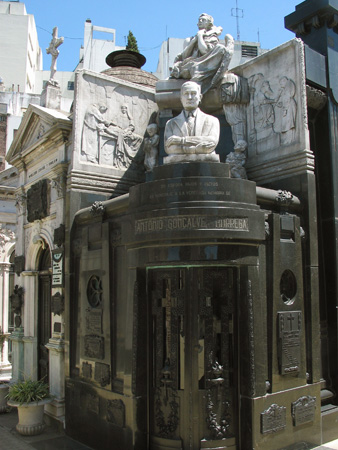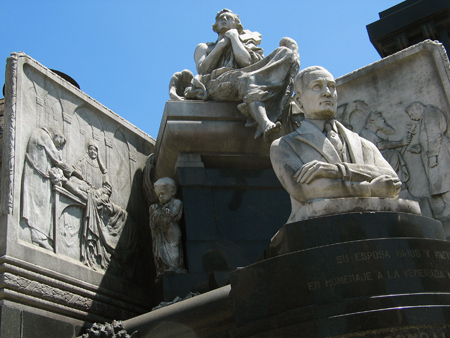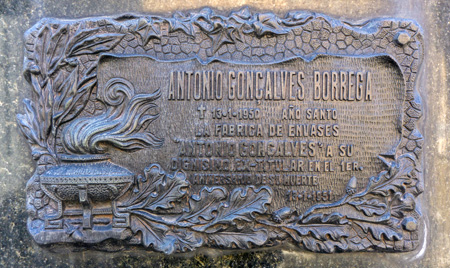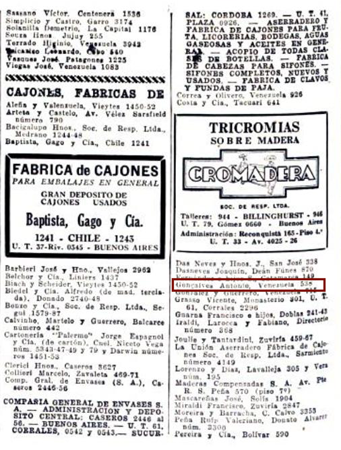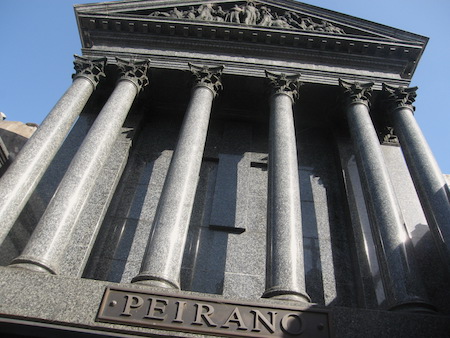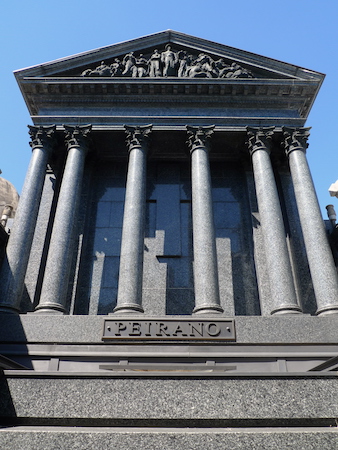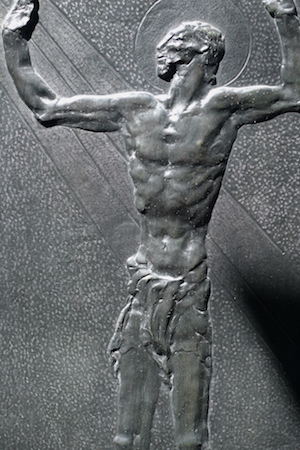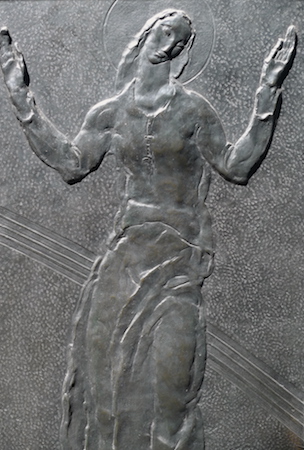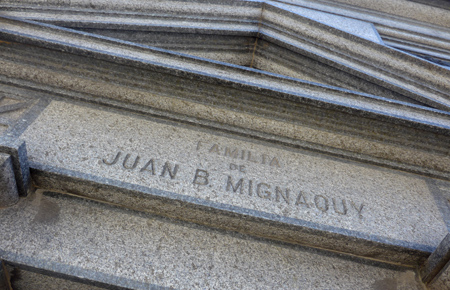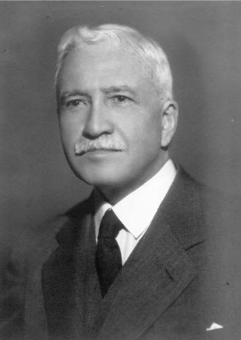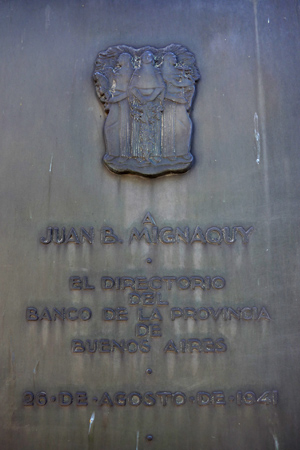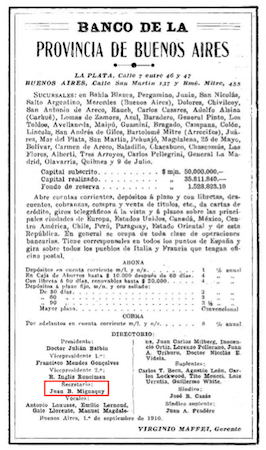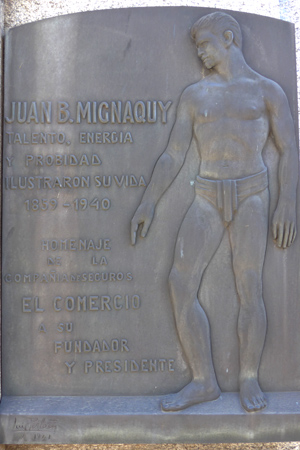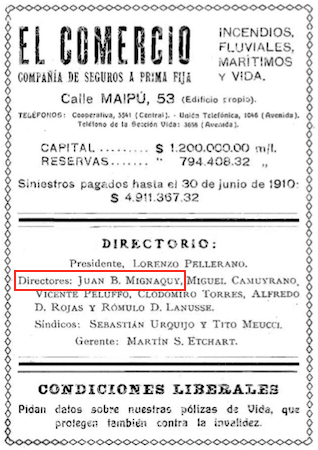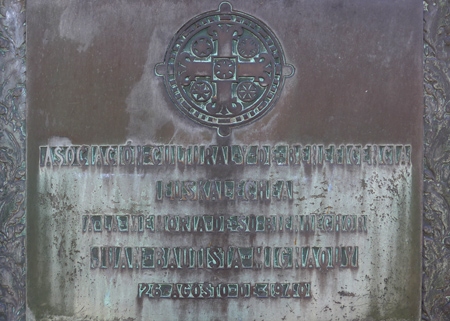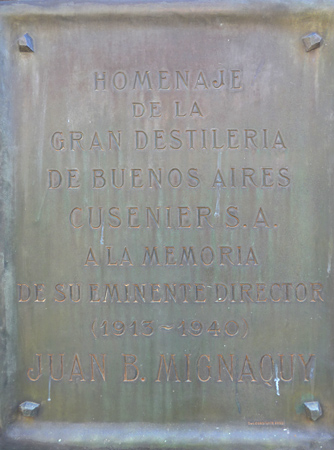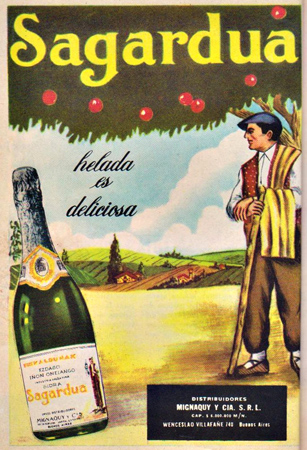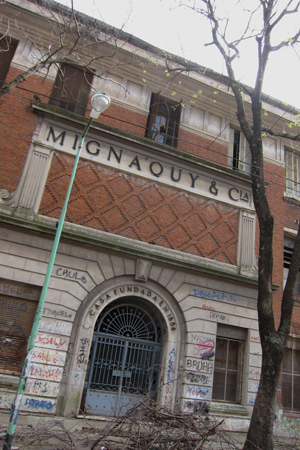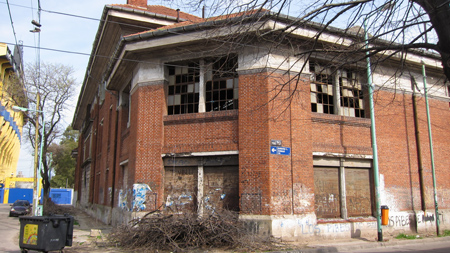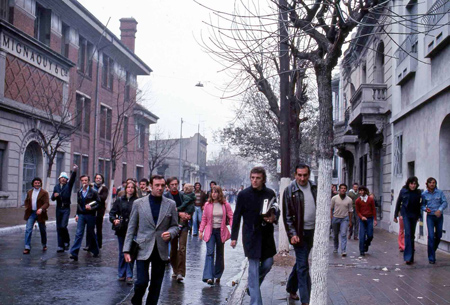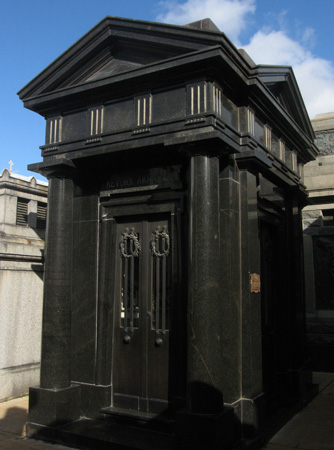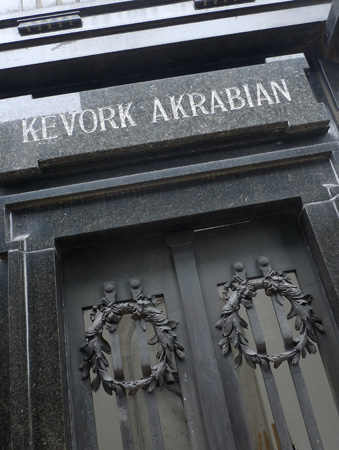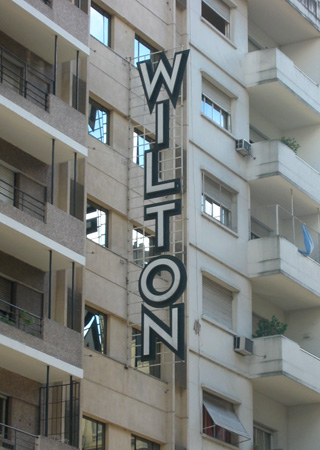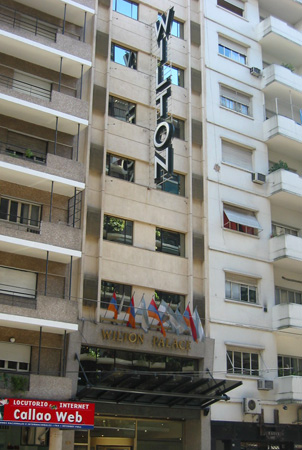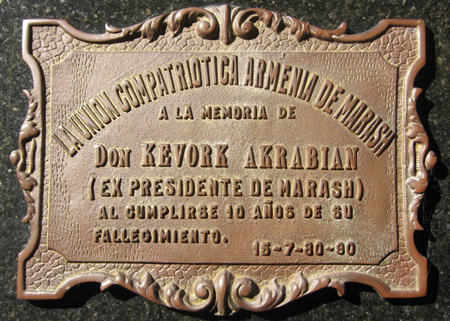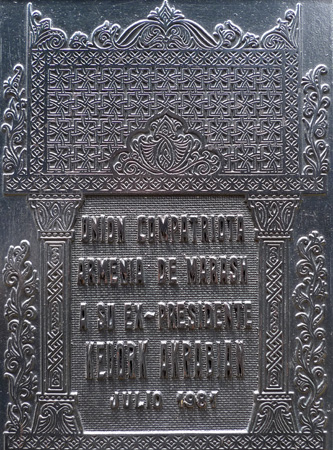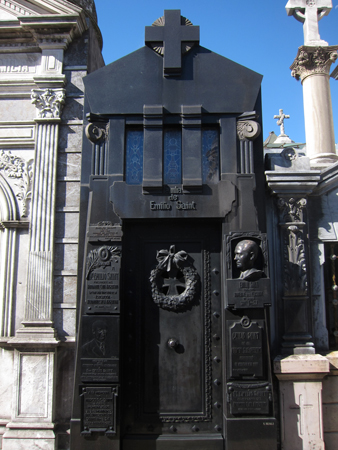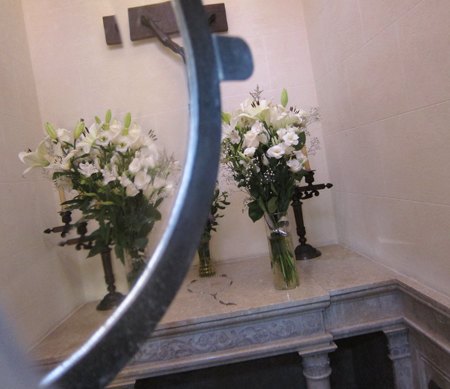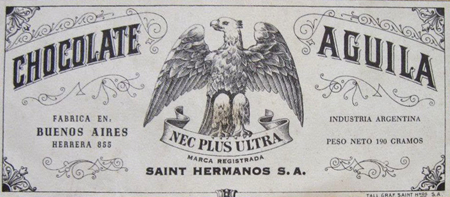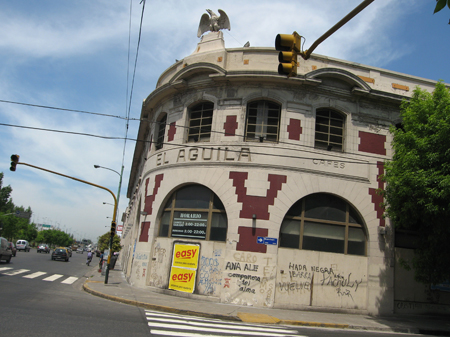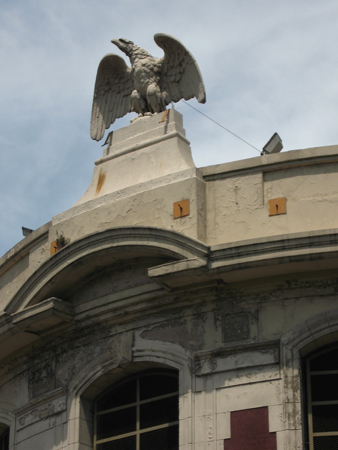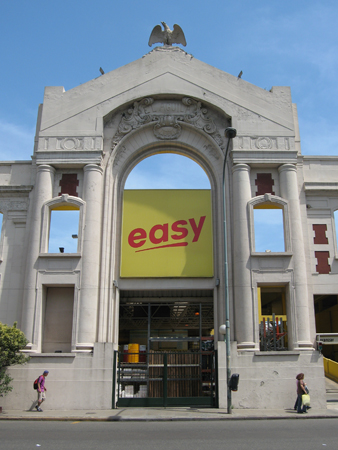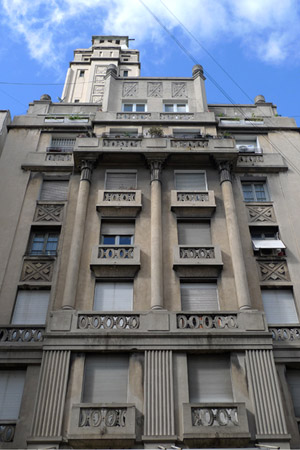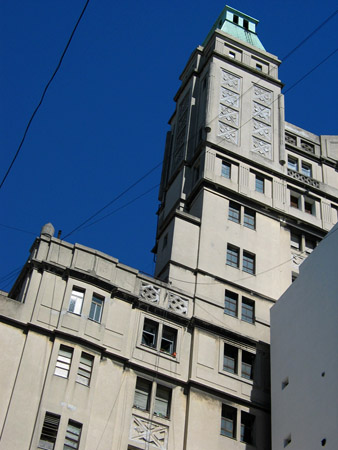Juan Bautista Mignaquy exemplified the entrepreneurial spirit of the early 20th century in Argentina. Seemingly with a hand in every pot, successful business ventures gave Mignaquy a great deal of influence… but surprisingly few people remember his contributions to a growing nation today.
Born in 1859 in the French Basque Country, a young Juan Bautista arrived alone in Buenos Aires at the age of 12 or 13 & began to work for Luis Logegaray, a fellow Basque who had established a successful wholesale & warehouse business. Following in his mentor’s footsteps, Mignaquy became part of Logegaray’s association & kept offices in downtown Buenos Aires for 70 years.
Much of his success would come from dedicated night study sessions, encouraged & supported by Logegaray. That hard work paid off when Mignaquy was accepted to the Colegio San José —founded by French Basque missionaries— and had classmates who would later go on to make names for the themselves as well: Luis María Drago, General Enrique Mosconi, Tomás Duggan & Jacobo Peuser to name a few.
After the death of Logegaray, Mignaquy went to Paris & lived there for two years with Logegaray’s widow; no doubt he saw her as an adopted mother. Besides maintaining the import & distribution business, Mignaquy would return to Argentina & occupy several important positions on the local & national level, many noted by plaques which decorate his family mausoleum. He passed away in 1940 but is remembered by the Provincia de Buenos Aires bank where he sat on the directive board:
Mignaquy acted as President of the Buenos Aires stock market in 1902 & also had a top position in the El Comercio insurance company:
A reminder of Mignaquy’s French roots are present with a plaque from a prominent Basque organization:
He also acted as director of Cusenier, an importer of distilled French beverages & cider. He also imported the popular vermouth Cinzano from Italy:
As if those accomplishments were not enough, Mignaquy founded a trolley company that connected Retiro to the southern suburbs of Buenos Aires. In 1930, one of their trolleys fell into the Riachuelo when the conductor failed to see red lights in the fog that indicated Puente Bosch had been raised. Almost all 60 passengers on board died. You can imagine the city’s shock. A few tracks of that trolley line still exist, but the largest vestige of the Mignaquy trade empire sits abandoned in La Boca, waiting for restoration & for someone to take advantage of its prime location… directly across from La Bombonera. At least this warehouse keeps his memory alive:
